A full-service e-commerce store design creates a dynamic, user-centric online experience through a collaborative approach combining strategy, graphic design, UX optimization, development, content creation, SEO, and support. Key elements include intuitive navigation, high-quality visuals, detailed product information, seamless checkout, mobile responsiveness, social proof, analytics, and continuous optimization. Visually appealing designs with consistent branding build trust, drive conversions, and foster repeat business. Mobile optimization is critical for success, while secure payment gateways safeguard customer data and enhance checkout experiences. Analytics and CRO techniques ensure constant refinement, aligning design with business goals for sustained growth.
In today’s digital landscape, a full-service e-commerce website design is paramount for business growth. Understanding the intricacies of e-commerce store design goes beyond aesthetics; it encompasses user experience (UX), mobile optimization, secure payment gateways, and analytics-driven optimization. This comprehensive guide delves into the key components that transform a website into a powerful sales tool, exploring strategies to enhance conversions and engage customers in a competitive online market. Discover how to create an e-commerce store design that captivates and converts.
Understanding Full-Service E-commerce Website Design
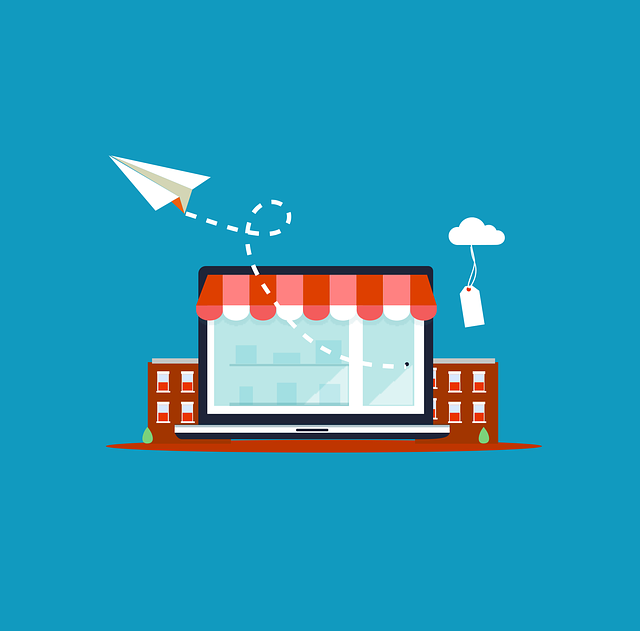
Full-service e-commerce website design encompasses every aspect needed to launch and successfully manage an online retail presence. It’s more than just building a website; it involves creating a comprehensive digital storefront that attracts customers, boosts sales, and cultivates brand loyalty. This holistic approach includes strategy development, graphic design, user experience (UX) optimization, website development, e-commerce functionality integration, content creation, search engine optimization (SEO), and ongoing support to ensure your online store keeps up with evolving trends and consumer expectations.
By leveraging a full-service solution, businesses gain access to a team of experts who understand the intricate interplay between design, technology, and marketing. This collaborative effort translates into a user-friendly, visually appealing, and highly functional e-commerce store that stands out in a competitive digital landscape. From initial concept to launch and ongoing maintenance, a full-service approach ensures your online store is not just a platform but a powerful tool for driving business growth and reaching new customers.
Key Components of a Successful E-commerce Store Design
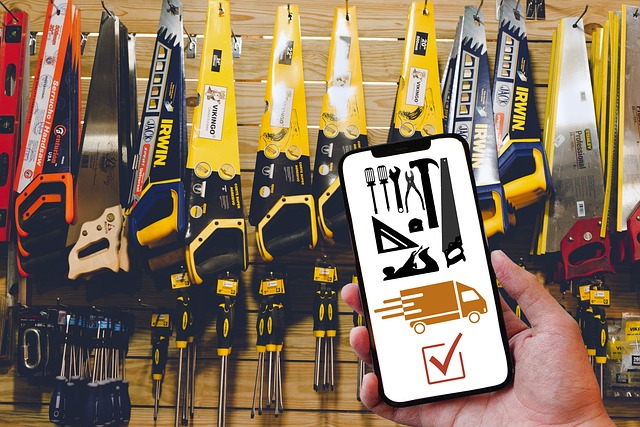
A successful e-commerce store design goes beyond a visually appealing interface; it’s a strategic blend of user experience, functionality, and aesthetics that drives conversions. Key components include a clean and intuitive navigation system, enabling customers to browse and search products effortlessly. High-quality product images and detailed descriptions are essential, as they significantly influence purchasing decisions. Customers value clear, concise information about product features, specifications, and benefits.
Moreover, a seamless checkout process is crucial for minimizing cart abandonment. Simplifying forms, offering guest checkout options, and integrating secure payment gateways enhances user confidence and encourages purchases. Responsive design, optimized for mobile devices, is no longer an option but a necessity given the growing number of online shoppers using smartphones and tablets. Additionally, incorporating social proof through customer reviews, ratings, and testimonials builds trust and reinforces product legitimacy.
User Experience (UX) Considerations for Online Shopping

Creating a full-service e-commerce website involves more than just showcasing products; it demands a user experience (UX) that guides shoppers through a seamless and enjoyable online shopping journey. Key UX considerations for e-commerce store design include intuitive navigation, fast loading times, and responsive design across various devices. A well-designed site should allow users to easily filter and search products, understand detailed product descriptions, and securely complete transactions without frustration or confusion.
Effective UX also incorporates clear calls-to-action, easy checkout processes, and post-purchase support. Incorporating user feedback and analytics data can help optimize the e-commerce store design, ensuring it meets the needs and expectations of its target audience. Ultimately, a positive UX not only enhances customer satisfaction but also fosters repeat business and increases conversion rates.
Visual Aesthetics and Branding in E-commerce Websites
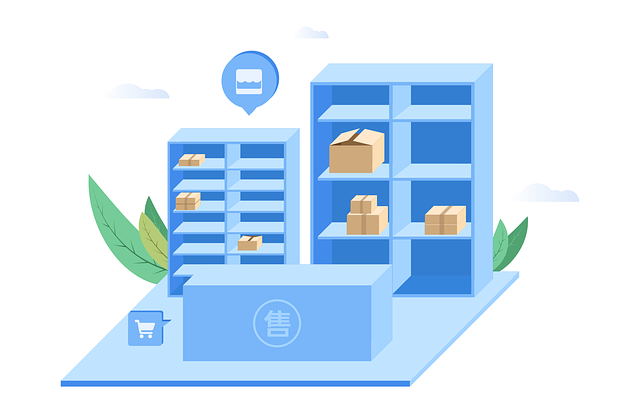
The visual aesthetics of an e-commerce store design play a pivotal role in capturing and retaining customer attention. In today’s digital landscape, where online shopping has become the norm, a visually appealing website can significantly enhance user experience. Esthetically pleasing design elements, including high-quality imagery, clean layouts, and consistent branding, create an inviting environment that encourages users to browse and ultimately make purchases. A well-designed ecommerce store not only showcases products effectively but also conveys the brand’s identity and values.
Branding is a powerful tool in differentiating one e-commerce store from another. Consistent use of color palettes, typography, and logo placement across the website reinforces brand recognition. Effective branding helps build trust and fosters a sense of familiarity with customers, encouraging them to return. When designing an ecommerce store, prioritizing visual aesthetics and branding ensures that the website not only drives sales but also creates a lasting impression, setting the online retail business apart in a competitive market.
Optimizing for Mobile and Different Screen Sizes
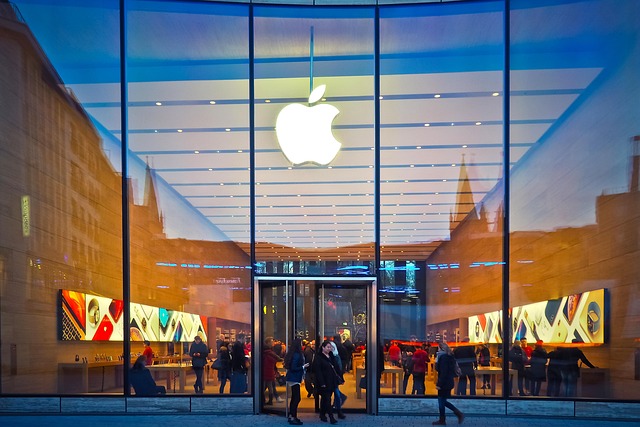
In today’s digital landscape, having an ecommerce store that optimizes for mobile and accommodates various screen sizes is non-negotiable. With a growing number of users accessing online platforms via smartphones and tablets, a responsive design ensures your website provides an intuitive user experience across all devices. This involves creating flexible layouts, images, and videos that adapt seamlessly to different screen dimensions, ensuring every customer interacts with your ecommerce store effortlessly, regardless of their preferred device.
A well-optimized mobile ecommerce store design enhances browsing speed, simplifies navigation, and improves overall usability. It also boosts search engine optimization (SEO), as search engines prioritize mobile-friendly websites in their rankings. By catering to the needs of mobile users, you increase your website’s visibility, drive more traffic, and ultimately, elevate your online sales potential.
Integrating Payment Gateways and Security Measures

When designing a full-service e-commerce website, integrating secure and efficient payment gateways is paramount for any successful online business. This involves incorporating trusted third-party payment processors that support multiple payment methods such as credit cards, digital wallets, and bank transfers. A robust ecommerce store design should ensure these gateways are seamlessly integrated, enhancing the checkout experience while safeguarding sensitive customer data.
Security measures, including encryption protocols, fraud detection systems, and adherence to PCI DSS (Payment Card Industry Data Security Standard), are essential to building trust with your customers. Regular updates and patches for payment software, along with strict access controls and employee training, contribute to a secure environment where transactions can be processed with confidence. These steps not only protect customer information but also mitigate risks associated with online payments, ensuring a seamless and secure shopping experience for your ecommerce store design.
Measuring Success: Analytics and Conversion Rate Optimization
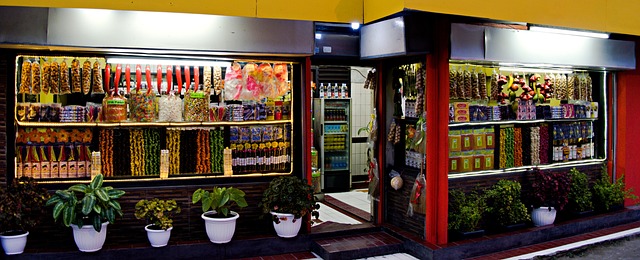
Measuring success is a crucial aspect of full-service e-commerce website design. Analytics tools, such as Google Analytics, provide valuable insights into customer behavior, allowing businesses to track key performance indicators (KPIs) like page views, bounce rates, and time spent on site. By analyzing this data, designers and developers can identify areas for improvement, optimize user experiences, and enhance conversions. Conversion rate optimization (CRO) is a strategic process focused on increasing the percentage of visitors who take a desired action, whether it’s making a purchase, signing up for a newsletter, or filling out a form. This involves A/B testing different elements of the e-commerce store design, including headlines, call-to-actions, and layout, to determine what resonates best with the target audience.
E-commerce store design should be continually refined based on analytics data and CRO techniques. By understanding customer preferences and behaviors, businesses can create more engaging and effective online shopping experiences, ultimately driving sales growth and fostering customer loyalty. Effective use of analytics and CRO not only improves the overall performance of an e-commerce website but also ensures that every design decision aligns with the business’s goals.
